this statuette dates from the 1830s, the bottom of the flag is missing and it is slightly twisted at the top.
*On July 30, 1830, the day after the Three Glorious Days, Philippe d'Orléans accepted the lieutenant general of the kingdom offered to him by a small group of parliamentarians (forty-seven out of seven hundred!). We must act quickly, the Orleanist candidacy is pushed forward by the liberals (La Fayette, Thiers, Constant) and the business community (led by Laffitte) to defeat at the same time a possible return of the Bourbons in the person Henri V and a proclamation of the republic that many insurgents of the day before, holding quarters at the Town Hall, call for their wishes. Louis-Philippe adopts the tricolor flag, which he presents here surmounted by the regulatory flag rooster of the National Guard, slightly adapted to bear the words "Liberty" and "Public order". The declaration of the future citizen-king to the inhabitants of Paris, a text approved by Talleyrand, is the first official act which features the three colors: “When I returned to the city of Paris, I proudly wore these glorious colors that you have taken back. , and which I myself had worn for a long time. In fact, the prince's livery is tricolor. Georgin's image, several months later, bears the caption: “France has entrusted me with these glorious colors; I will know how to defend them. »Defend them against what? Against the red flag, which floated on the pediment of the Hôtel de Ville and which La Fayette had removed, against the white flag, the flag of Charles X and the restoration of a monarchy of divine right. (Source histoire-image .org)
Delivery by registered Colissimo with insurance. France 20 €
Europe 40 €
Rest of the world 60 €


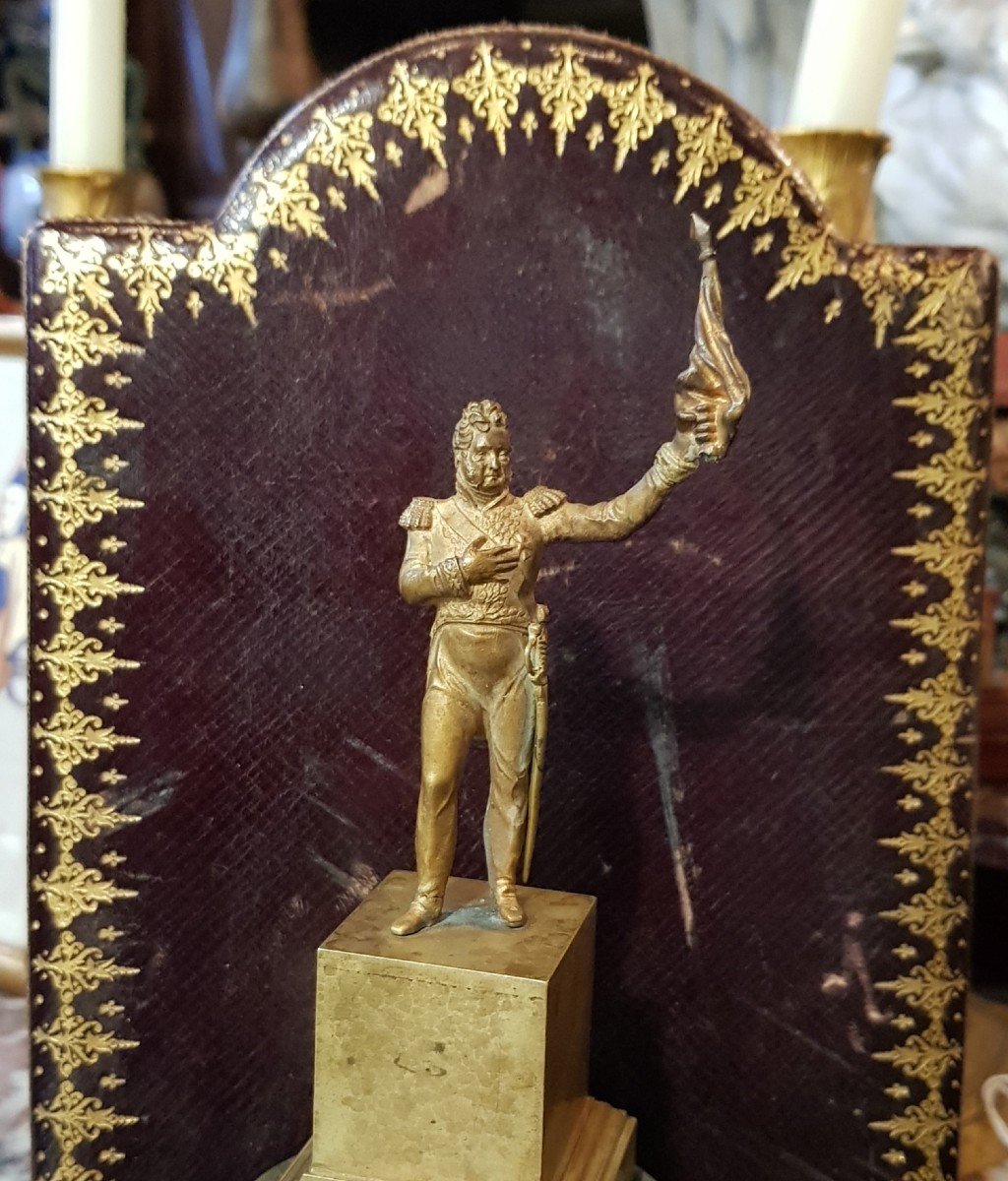

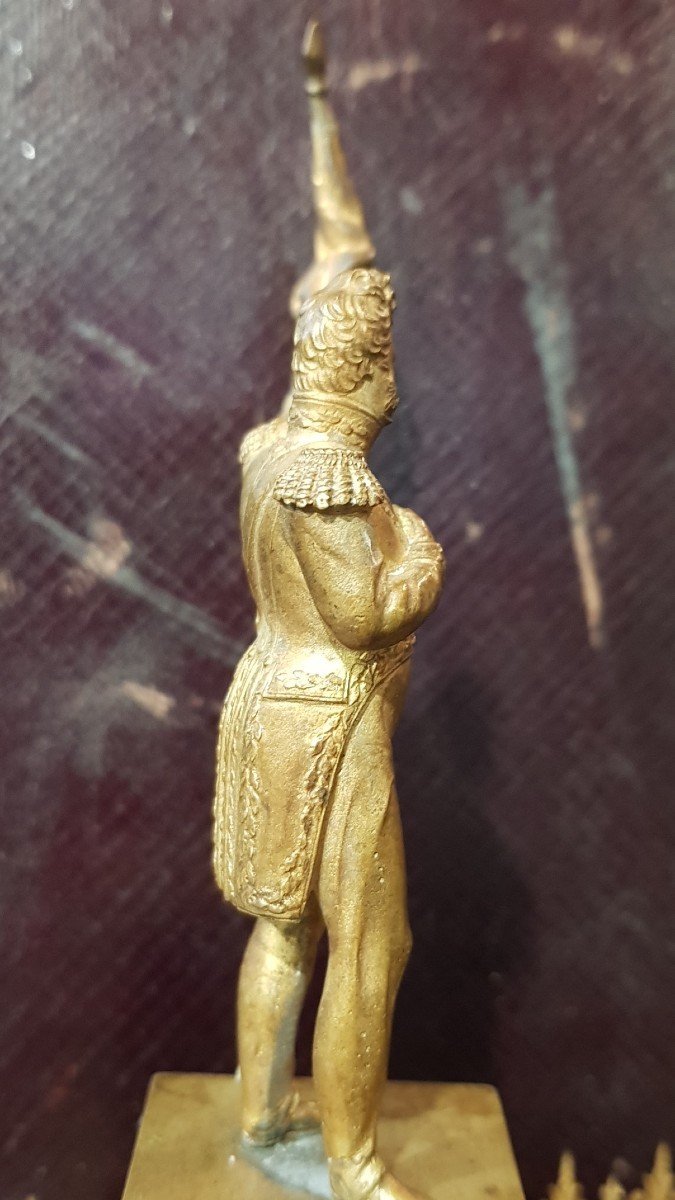


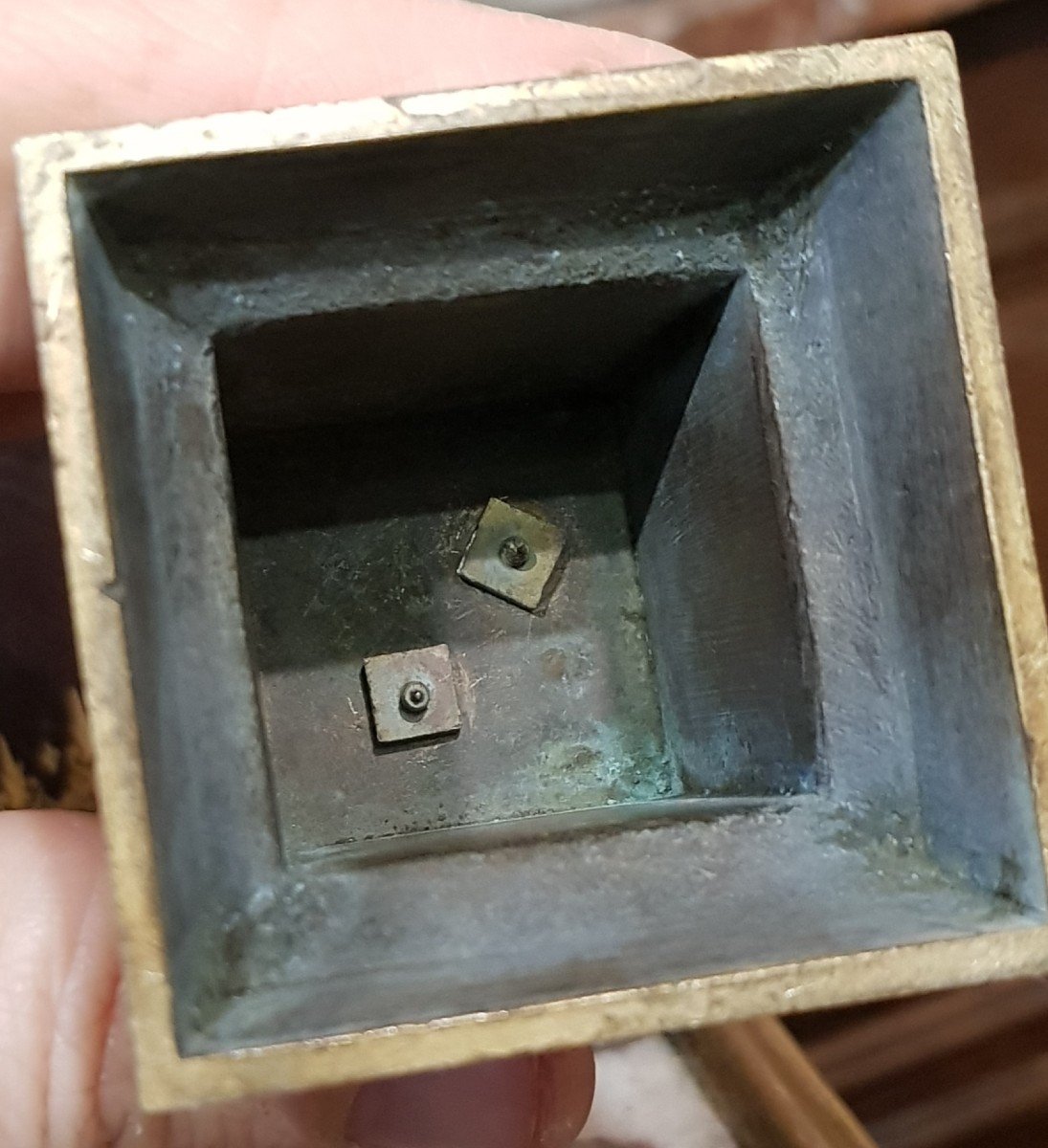


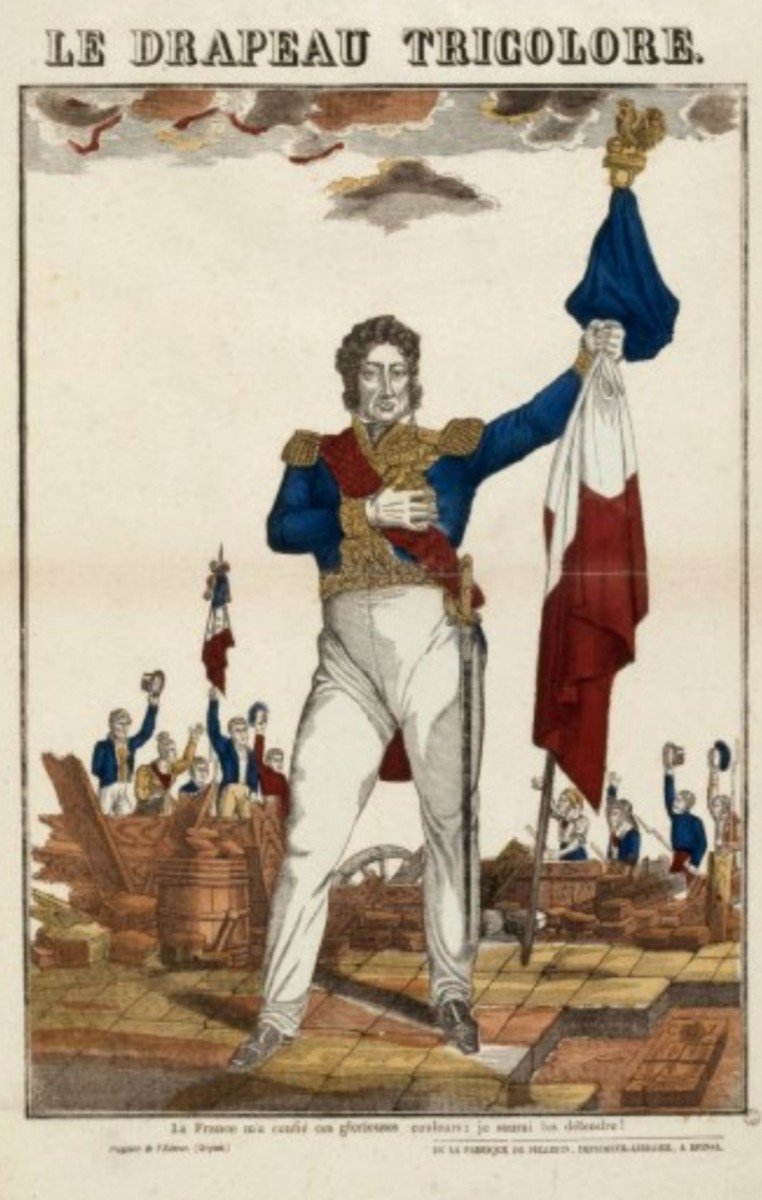
















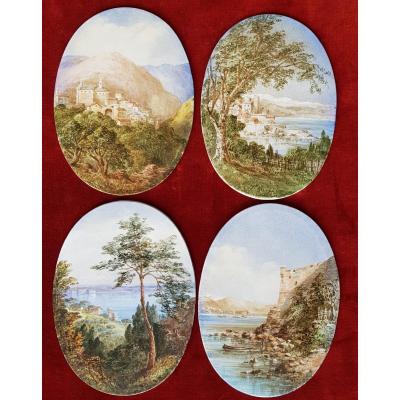



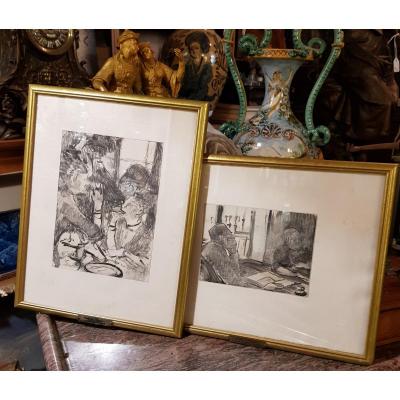


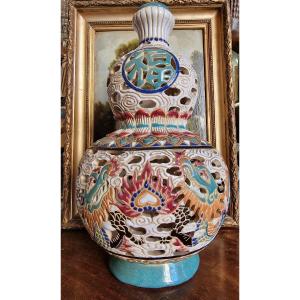




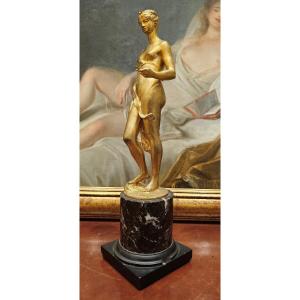




 Le Magazine de PROANTIC
Le Magazine de PROANTIC TRÉSORS Magazine
TRÉSORS Magazine Rivista Artiquariato
Rivista Artiquariato